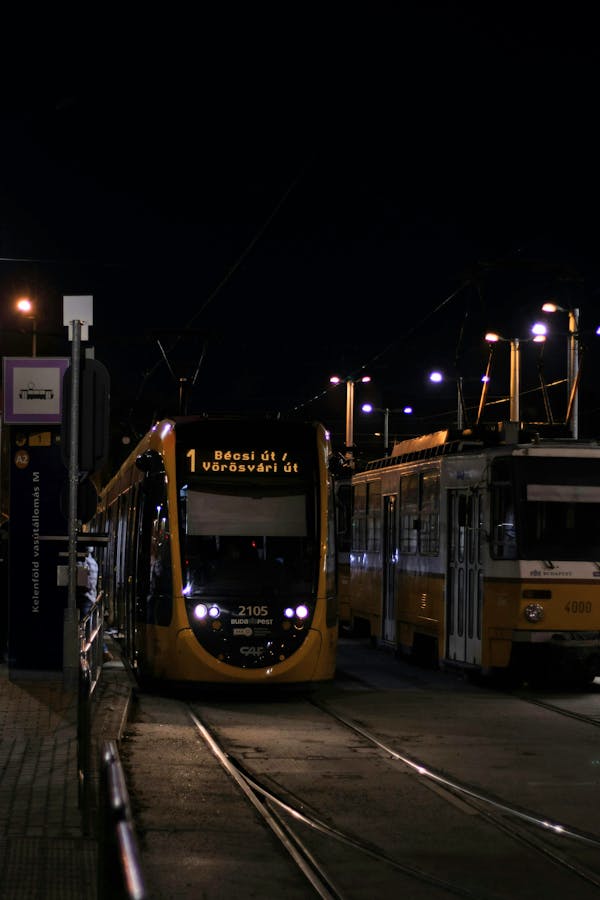A Practical Look at Sydney Train Travel Cost
When planning your commute or a casual day out in Sydney train travel cost, one of the first things to consider is the train travel cost. Unlike many cities that rely heavily on cars, Sydney has a well-connected and relatively affordable train system that serves both inner suburbs and distant outer regions.
The cost of traveling by train in Sydney varies depending on several key factors: the distance traveled, the time of day, and the type of Opal card you use. While the system might seem complex at first glance, once you get familiar with it, it's straightforward and budget-friendly.
The Opal card is the primary payment method for Sydney train travel cost, and using it unlocks significant savings compared to buying single tickets. Fares are calculated based on the number of kilometers between your origin and destination.
As of recent pricing updates, adult fares for train travel start from about $4.24 for short trips (0-10 km) and can go up to $8.86 for longer trips over 65 kilometers. Discounts are automatically applied when you use the same Opal card consistently throughout the week, including the Weekly Travel Cap and the Transfer Discount. These features help regular commuters save on cumulative travel costs over time.
Off-peak travel also comes with notable savings. If you tap on outside of peak hours (6:30–10:00 AM and 3:00–7:00 PM on weekdays), you receive a 30% discount. This is particularly helpful for those with flexible schedules, students, or visitors who don’t need to travel during the morning or evening rush.
Children, pensioners, and tertiary students are also eligible for concession fares, which are even lower than the standard adult prices. For example, the same 10 km trip that costs an adult $4.24 might cost a concession holder around $2.12, which makes train travel not only efficient but also accessible.
Comparing Costs: Trains vs Other Transport in Sydney
When comparing the cost of Sydney train travel cost to other modes of transportation, trains often come out ahead in terms of value and convenience. A short trip by Uber or taxi within the city can easily cost upwards of $20 depending on traffic, which is significantly higher than even the longest Opal fare.
Buses, while slightly cheaper in some cases, can be less reliable due to traffic congestion and inconsistent schedules. The train, by contrast, offers predictability, speed, and a direct connection between key urban centers and suburbs.
For those commuting daily, the Weekly Travel Cap is a game changer. As of the latest updates, the cap for adult Opal card users is $50 per week. This means that after you've spent $50 on train, bus, ferry, or light rail rides in a single week, all subsequent travel for that week is free. Concession cardholders benefit from a lower cap—$25 per week.
This makes public transport a very competitive option for daily commuters who might otherwise spend hundreds per week on petrol, tolls, and parking. Plus, the Opal system includes a Daily Travel Cap (currently $17.80 for adults), offering peace of mind that costs won’t spiral out of control.
Another factor to consider is the integration across multiple transport modes. With one Opal card, you can seamlessly transfer between trains, buses, ferries, and light rail—all while keeping your fare within a calculated distance cap.
This means someone traveling from the suburbs can take a train to the city, then hop on a light rail to Darling Harbour, all within a fare structure that’s transparent and manageable. This integration significantly enhances the value of the train network by making it the backbone of a multi-modal, citywide transport solution.
Tips to Maximize Your Value on Sydney Trains
If you're a regular user or even a tourist trying to get the most out of Sydney train travel cost, there are several strategies to keep your travel cost as low as possible. First and foremost, always use an Opal card or a compatible contactless payment method like a debit or credit card with tap functionality.
The benefits of capped fares, discounts, and free transfers are not available if you purchase single-use paper tickets. Also, consider your timing—shifting your journey to off-peak hours can quickly accumulate into major weekly savings.
Plan your week with the Weekly Travel Cap in mind. If you reach the cap by Thursday, the rest of your rides on Friday, Saturday, and Sunday are essentially free. This can make weekend travel feel like a reward for your weekly commutes.
Similarly, short trips under 3 km cost significantly less—about $3.20 for adults. If you live close to a train station and make short trips often, your weekly cost can remain surprisingly low, even without hitting the cap.
For visitors, Sydney trains are an economical way to explore the city. A day spent visiting Bondi Junction, the Sydney Opera House, and Blue Mountains can be done entirely by train, offering not just cost savings but also scenic routes.
Buying an Opal card at the airport or major stations is easy, and using it right away ensures you start saving from your very first trip. Ultimately, whether you’re a local or a tourist, understanding how the Sydney train travel cost system works enables you to travel smarter, not harder.

